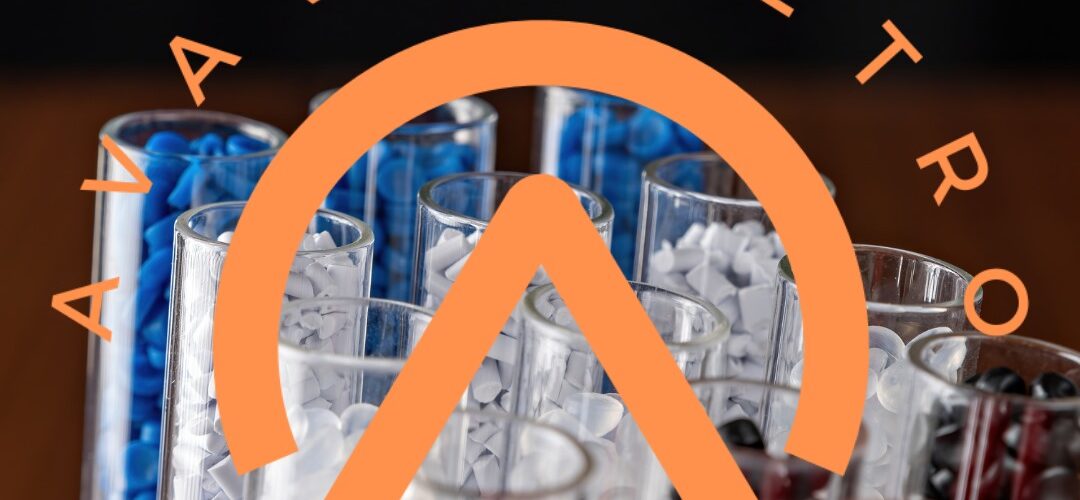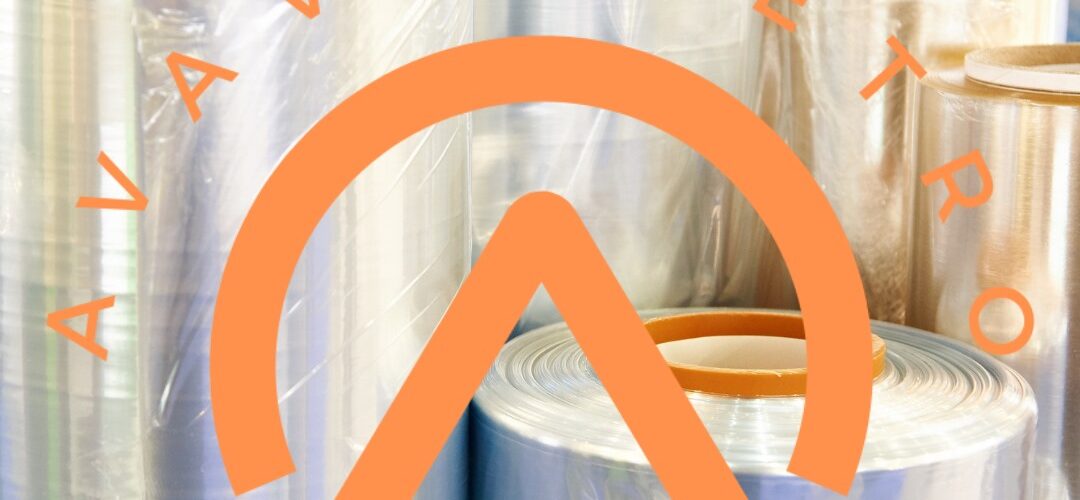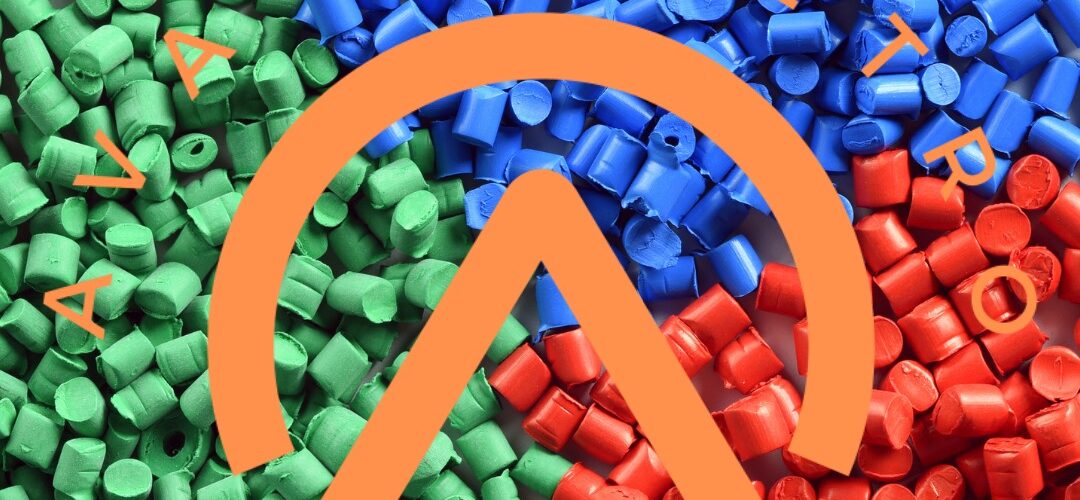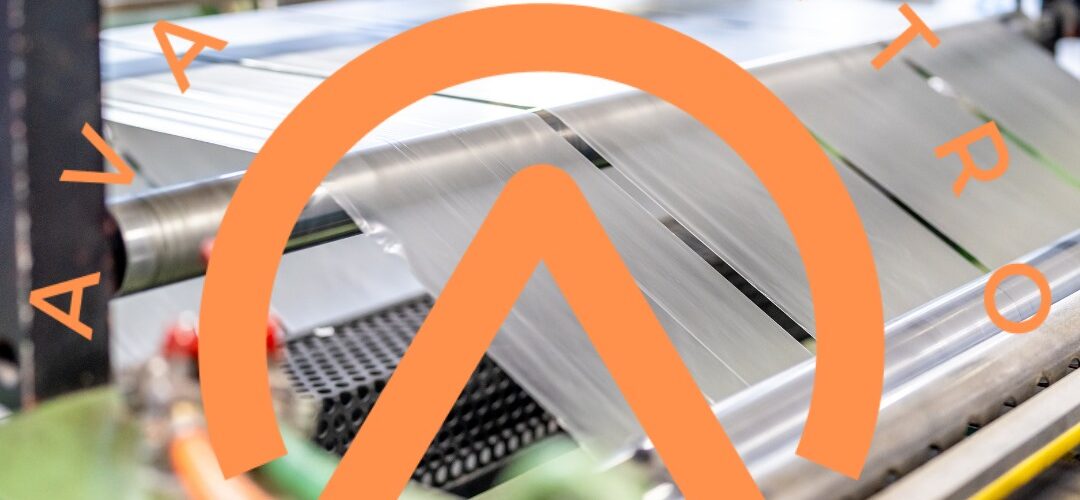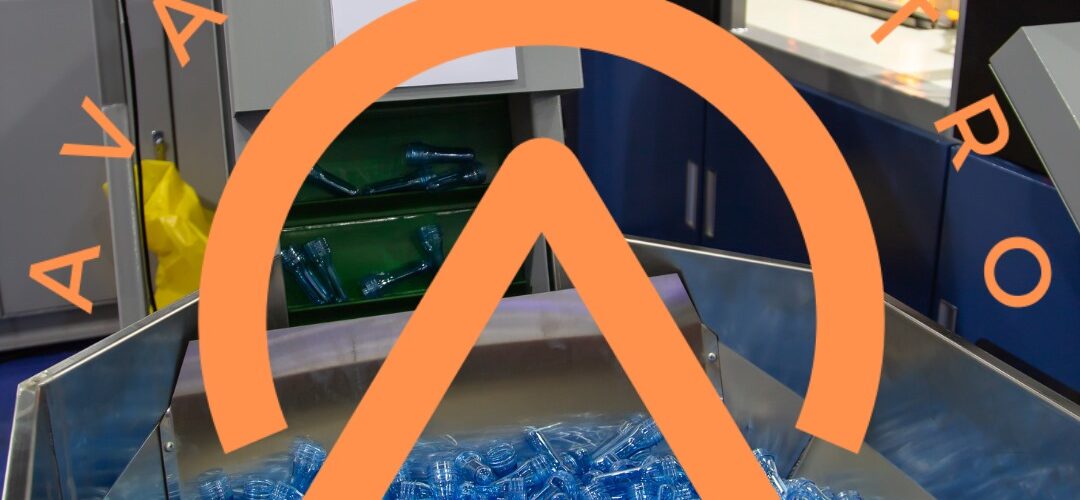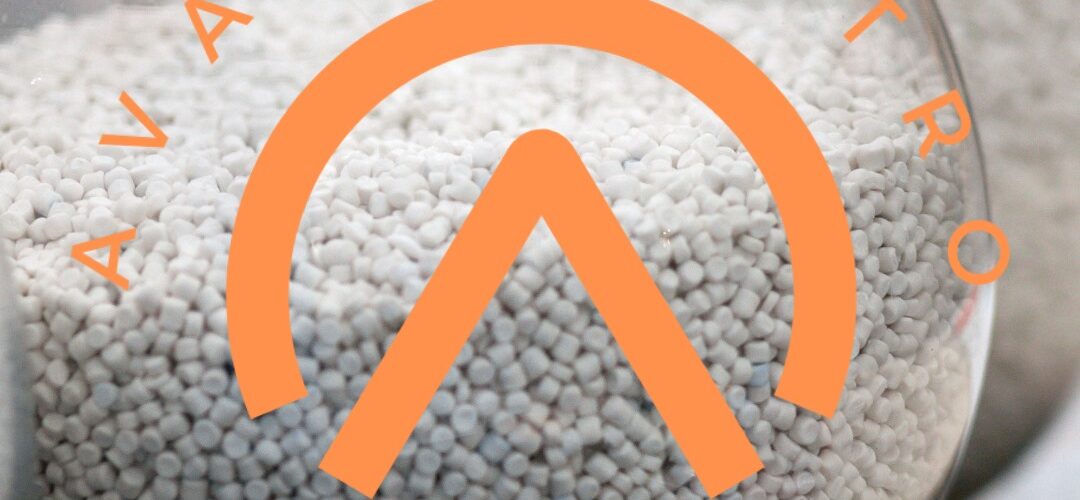Mastering Compound Production: The Art of Creating Formulas
In the realm of compound production, precision and efficiency are paramount. Whether you’re in pharmaceuticals, cosmetics, or any other industry reliant on compounds, mastering the art of creating formulas can be the key to unlocking success. In this comprehensive guide, we delve into the intricacies of formulation creation, providing invaluable insights and strategies to elevate your compound production process to new heights.
Understanding Compound Formulation
At the core of compound production lies the formulation process. Formulation is the meticulous blending of various ingredients to achieve a desired end product, whether it’s a medication, a skincare product, or a chemical solution. Each ingredient plays a crucial role, contributing to the final properties and efficacy of the compound.
Key Components of Formulation
Formulation involves a careful selection and balance of ingredients to achieve the desired chemical composition and physical properties. Ingredients can range from active pharmaceutical ingredients (APIs) to excipients, solvents, and additives. Understanding the interactions between these components is essential in formulating effective and stable compounds.
The Science Behind Formulation
Formulating compounds is as much an art as it is a science. It requires a deep understanding of chemical reactions, solubility, pH, viscosity, and other physical and chemical properties. By leveraging this knowledge, formulators can optimize formulations for stability, bioavailability, and performance.
Optimizing Formulation Parameters
Achieving the perfect formulation involves fine-tuning various parameters, such as ingredient concentrations, mixing techniques, and processing conditions. By systematically adjusting these factors, formulators can overcome challenges and maximize the efficiency of the production process.
Advanced Techniques in Compound Formulation
Innovation is key to staying ahead in compound production. Advanced techniques and technologies offer new opportunities to enhance formulation efficiency and efficacy.
Computational Modeling
Computational modeling allows formulators to simulate and predict the behavior of compounds under different conditions. By harnessing the power of algorithms and data analytics, researchers can expedite the formulation process and optimize formulations with greater precision.
Nanotechnology
Nanotechnology has revolutionized compound formulation by enabling the manipulation of materials at the nanoscale. Nanoformulations offer unique advantages, such as improved bioavailability, targeted delivery, and enhanced stability, making them invaluable in various industries.
Quality Control and Assurance
Ensuring the quality and consistency of formulated compounds is essential to their success in the market. Quality control and quality assurance measures play a crucial role in identifying and mitigating potential risks and deviations in the formulation process.
Analytical Techniques
State-of-the-art analytical techniques, such as chromatography, spectroscopy, and microscopy, provide invaluable insights into the composition, purity, and stability of formulated compounds. By employing these techniques, formulators can uphold stringent quality standards and meet regulatory requirements.
Conclusion
In the dynamic world of compound production, mastering the art of creating formulas is essential for success. By understanding the science behind formulation, leveraging advanced techniques, and prioritizing quality control, formulators can optimize their production processes and deliver innovative and effective compounds to the market.
Written by Emir Narin

